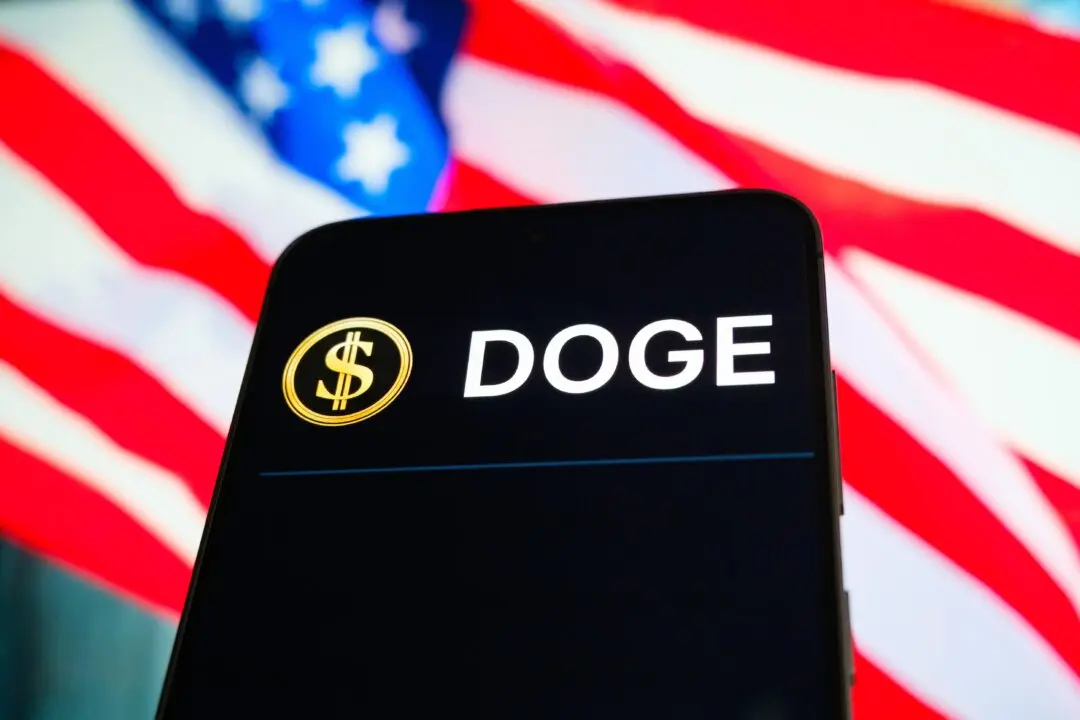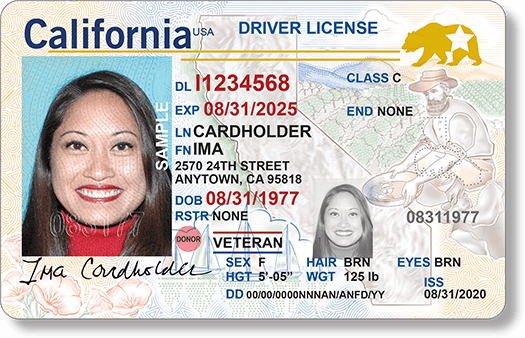The Central Bank of Nigeria’s (CBN) efforts to make citizens adopt the eNaira central bank digital currency (CBDC) and move away from cash have been unsuccessful, according to a report by the International Monetary Fund (IMF).
The eNaira, launched by the CBN on Oct. 25, 2021, was Africa’s first CBDC. In a May 16 IMF report, the organization analyzed the adoption of the eNaira after one year.





